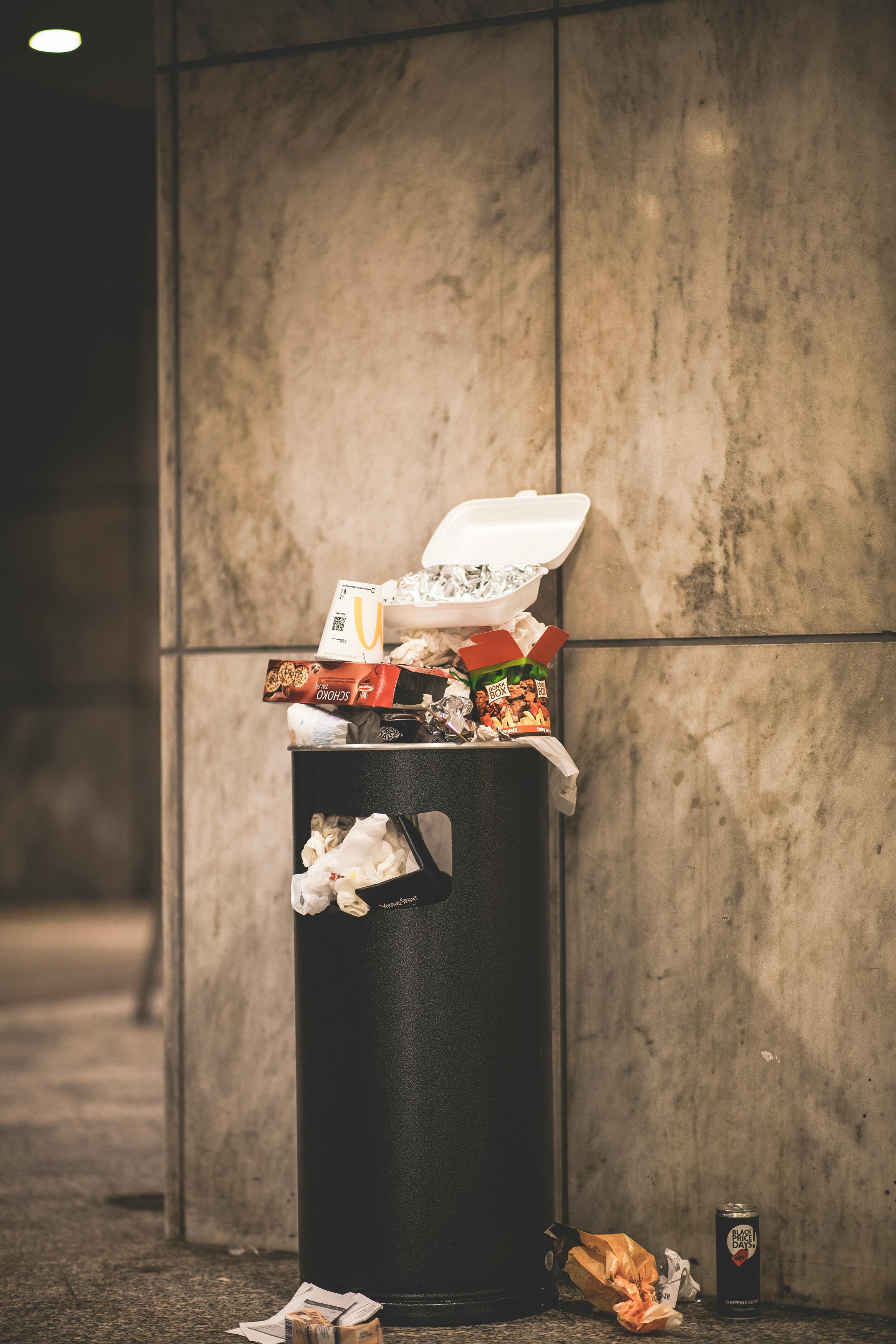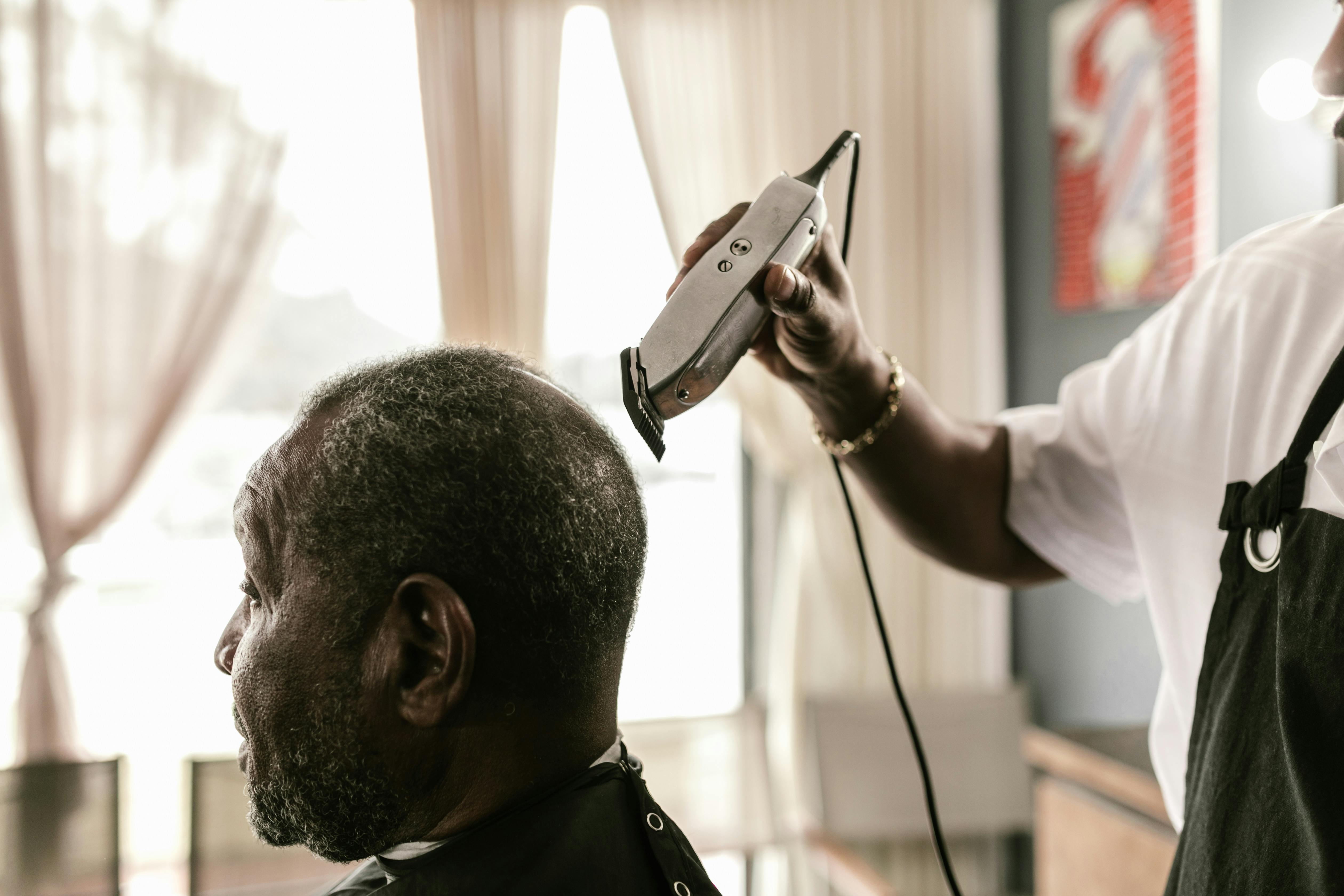How to Easily Spot Genuine Diamonds: Smart Tips for 2025

How to Tell if Diamonds are Real: Essential Tips for 2025 Buyers
As a buyer in 2025, knowing **how to tell if diamonds are real** is crucial for making informed purchases. With a growing market for synthetic and imitation stones, understanding how to differentiate **genuine diamonds from fakes** is paramount. This article provides essential tips, from professional certifications to easy at-home tests, ensuring confidence in your diamond buying decisions.
Recognizing Genuine Diamond Features
When identifying a real diamond, understanding its unique characteristics is fundamental. **Real diamond identification** starts with observing its physical properties. For instance, genuine diamonds display exceptional brilliance due to their light performance, while imitations, like cubic zirconia or glass, may lack that sparkly quality. Key features include understanding diamond clarity and cut, which not only affect beauty but also value. A well-cut diamond will exhibit a high level of **light dispersion**, creating a colorful play of light, known as fire.
Evaluating Diamond Clarity and Cut
The **diamond grading scale** is an essential tool for deepening your understanding of diamond quality. Clarity refers to the presence of internal characteristics called inclusions. Genuine diamonds tend to have fewer imperfections visible only under magnification. Understanding shapes and angles in the diamond cut is equally critical, as different cuts impact how light reflects off the gem. For example, a round brilliant cut is famous for maximizing sparkle, whereas a princess cut offers a modern look with substantial light reflection.
Visual Signs of Real Diamonds
When performing a **diamond examination**, look for specific visual signs. Real diamonds have sharp edges and distinct facets. Under magnification, you can observe the facets reflecting a rainbow of colors. Conversely, a fake diamond may appear cloudy or lack these defined edges. Another helpful test is to breathe on the stone; a genuine diamond will not fog up immediately due to its thermal conductivity. Use proper lighting techniques to analyze **diamond reflection quality**, observing how light interacts with the gem.
Essential Diamond Testing Methods
To verify if you possess a genuine diamond, it is wise to employ various **diamond testing methods** that range from simple at-home techniques to professional assessments. Knowing how to use diamond testing tools will enhance your ability to identify authentic diamonds effectively. Whether you're opting for home tests or professional verification, understanding these methods can prevent wastage of money on imitation stones.
At-Home Testing Techniques
One method of testing diamonds at home involves using a **thermal conductivity test**. This can be easily performed using a simple diamond tester, which is widely available. A genuine diamond will conduct heat differently than most fakes, producing distinctive readings that help distinguish between them. Another handy test is to check for the stone’s hardness; diamonds are the hardest known substance, and they resist scratches from other materials. This can easily be checked by attempting to scratch a known material.
Importance of Diamond Certification
Always consider purchasing diamonds from reputable sellers that provide solid **diamond certification**. Certificates detail the quality grades from recognized grading organizations— evaluating cut, color, clarity, and carat weight. **Buying diamonds with confidence** is achievable when armed with accurate information through certifications. Expert appraisals not only ensure the quality of the diamond but also enhance its resale value over time.
Understanding Natural vs Synthetic Diamonds
An emerging trend in the diamond market concerns the distinction between **natural and synthetic diamonds**. Synthetic diamonds, created in laboratories, can be nearly indistinguishable from natural stones without advanced equipment. Awareness of such differences is vital as these products impact carbon footprints and ethical sourcing practices in the industry.
Spotting Common Diamond Imitations
It’s crucial to learn about **common diamond imitations** on the market today. While cubic zirconia and moissanite closely resemble diamonds, they showcase differing qualities. For instance, cubic zirconia typically has a more pronounced sparkle than diamonds, which is a giveaway. Learning to recognize these discrepancies can protect you from purchasing fakes.
The Psychology of Diamond Purchases
Don't overlook the psychological aspect of **diamond buying**. Understanding how diamonds are marketed can help purchasers avoid being swayed by emotional sales tactics rather than genuine quality assessment. This insight into diamond culture and history emphasizes the importance of making objective decisions informed by comprehensive knowledge.
Expert Tips for Confident Buying
Navigating the diamond marketplace involves staying up-to-date on the latest trends and practices, ensuring informed customer dialogue. Understanding **diamond market analysis** can be empowering, allowing buyers to assess price versus quality effectively. Professional guidance is invaluable, providing peace of mind during the diamond purchasing process.
Seeking Professional Appraisal
When in doubt, seek a **professional diamond appraisal**. An expert can offer unparalleled insights into the diamond's value, including its flaws and potential appreciation over time. They can help you grasp the significance of grading and quality assessments, empowering you in your purchasing journey.
Maximizing Resale Value
Lastly, always consider the long-term perspective when **investing in diamonds**. Understanding how diamonds appreciate in value, and market fluctuations will assist you in making decisions that ensure the gem retains its worth. Engage in **diamond resale tips**, enabling you to strategize effectively when establishing a diamond purchasing portfolio.
Key Takeaways
- Familiarize yourself with **genuine diamond features** to distinguish real from fake.
- Utilize **reliable diamond testing methods** for both at-home and professional evaluations.
- Always ask for **diamond certification** and expert appraisal to validate your purchase.
- Recognize **natural vs synthetic diamonds** and learn to identify imitations.
- Stay informed on diamond **market trends** and investments to maximize value.
FAQ
1. How can I perform a home test to check diamond authenticity?
You can perform a home test by using a **thermoconductivity tester**, which measures how different materials conduct heat. Diamonds will show specific readings that differentiate them from imitations. Other at-home methods include examining the stone for sharp edges and brilliance.
2. What is the significance of diamond certification?
**Diamond certification** provides a detailed report about your diamond’s quality and grading. It ensures you are purchasing an authentic stone and helps determine its market value. Always buy from certified dealers to ensure quality assurance.
3. How can I differentiate natural diamonds from synthetic ones?
Natural diamonds are formed under pressure over millions of years, while synthetic diamonds, created in labs, may share similar properties. Investing in a recognized gemologist’s expertise can help you **distinguish the two** effectively.
4. What should I know about diamond clarity and cut?
The **diamond clarity** involves the absence of internal flaws, while the cut refers to how well the diamond’s facets interact with light. Understanding both leads to better assessments of a diamond’s brilliance and potential value.
5. Why should I consider professional appraisal for my diamond purchase?
A **professional appraisal** provides an objective review of a diamond’s quality and value. It can uncover flaws that may be otherwise overlooked and provide insight into future resale opportunities and market conditions.
6. What are the common signs of fake diamonds?
**Signs of fake diamonds** include cloudy appearances, inconsistent facets, and poor light performance. Unlike real diamonds, which exhibit brilliant sparkles, imitations often lack the clarity and quality expected from natural stones.
7. Should I worry about the ethical aspects of diamond purchasing?
Yes, being aware of **ethical diamond sourcing** is essential in today's market. Consider supporting retailers that offer eco-friendly diamonds or are certified in ethical sourcing to ensure that your purchase has a positive impact.

